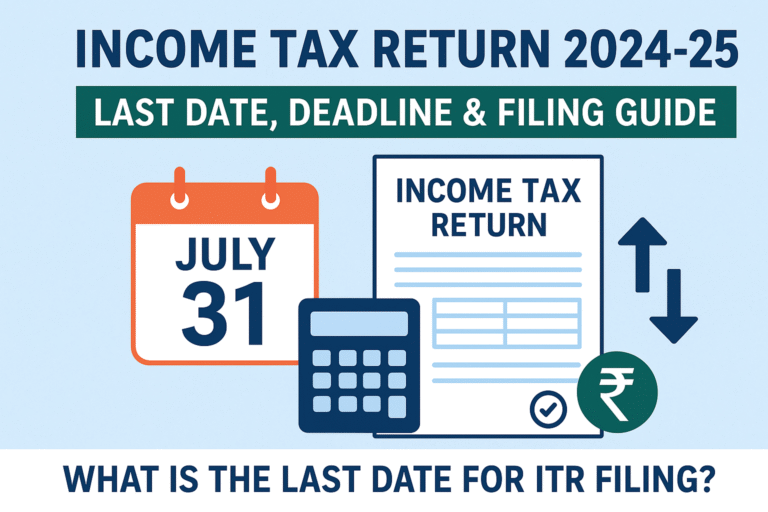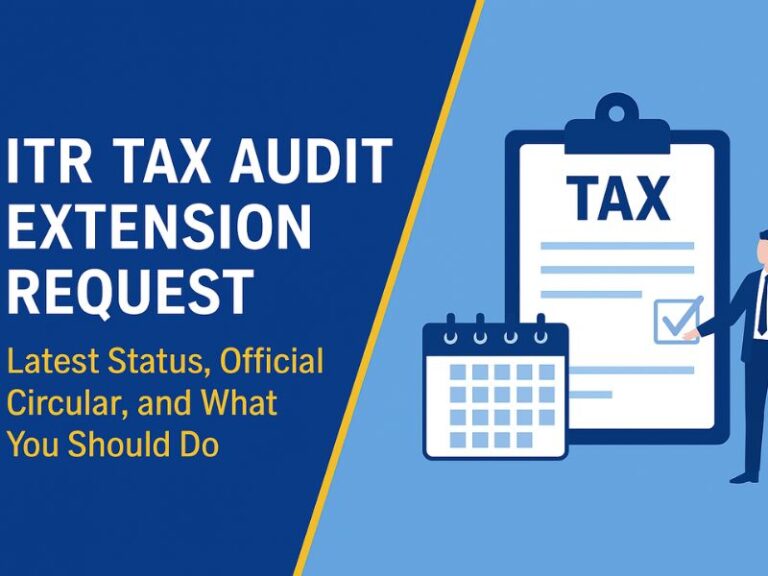This is not a tiny tweak — lawmakers and tax professionals are calling it the most comprehensive refresh of India’s direct tax framework in decades. Below we break down the bill’s headline features, likely winners and losers, implementation timeline, and concrete steps taxpayers should take.
Why change the 1961 Act?
The Income-tax Act of 1961 has been amended repeatedly, creating a complex patchwork that many critics describe as hard to navigate for ordinary taxpayers and small businesses. The government’s stated goal with the new bill is to:
-
Reduce ambiguity and duplication in language,
-
Simplify compliance and filing procedures, and
-
Make enforcement more transparent through digital, faceless processes.
The Parliamentary Select Committee provided hundreds of suggestions; the revised bill seeks to fold those in so the new law is cleaner and easier to administer.
Topline features of the revised Income-Tax Bill (2025)
Below are the most important, high-impact changes introduced or clarified in the revised draft:
1. Modernized structure & fewer sections.
The bill reduces and reorganizes provisions — cutting the number of sections significantly (reported reductions move the statute from several hundred sections to a slimmer, reorganized code) to make the law easier to read and apply.
2. Faceless, digital-first assessments.
The bill explicitly enables faceless assessments and a digital-led compliance model — a move meant to limit discretionary, in-person interactions and reduce opportunities for corruption.
3. Tax refund & TDS relief measures.
New safeguards around TDS and refunds include provisions to allow certain refunds post-ITR filing dates and reduce harsh penalties for late TDS filing in specific circumstances. This aims to remove procedural traps that often hurt taxpayers.
4. Clarifications on house-property and other heads.
The revised text clarifies important rules for house-property income (including treatment of municipal taxes and pre-construction interest), removing areas of confusion for landlords and homeowners.
5. Retained policy choices (where applicable).
Some headline political commitments — such as the previously signaled “no adverse change in certain exemption thresholds for middle-income taxpayers” — have been retained in the revised language (reports indicate an unchanged ₹12 lakh exemption reference in the government’s messaging).
Will tax rates change? (Short answer: mostly no immediate blockbuster rate shocks)
The government has emphasized that the revamp is primarily structural and clarificatory, not a sweeping one-time rate increase drive. Media coverage and official FAQs indicate the intent is to modernize wording and improve compliance, not to suddenly spike rates across the board. That said, changes in exemptions, deductions or compliance structure can alter effective tax burdens for specific groups.
Who stands to benefit?
Middle-income salaried taxpayers. The bill’s pre-filled return provisions, reduced procedural friction for refunds, and clearer rules on certain deductions are a net positive for salaried employees — less paperwork and fewer surprises.
Small businesses & startups. Simplification of chapter structure, consolidated provisions and better GST-ITR reconciliation rules should ease compliance for MSMEs that juggle multiple tax filings. The government has repeatedly said one aim is to improve ease of doing business for smaller entrepreneurs.
Tax administration / honest taxpayers. Faceless assessments and clearer notice processes reduce arbitrary demands and may speed up dispute resolution for compliant taxpayers. The bill also emphasizes prior notice requirements before certain enforcement actions.
Who could face new friction or higher costs?
High-net-worth individuals & complex taxpayers. Stricter reporting on overseas income, tougher anti-avoidance language and higher penalties for deliberate concealment could raise compliance costs for HNIs and entities with complex structures.
Entities relying on ambiguous exemptions. As ambiguous or legacy exemptions are clarified or removed, some return positions formerly taken on shaky textual ground may become untenable — leading to higher tax bills or the need for restructuring.
Implementation timeline — when will this take effect?
Official commentary around the bill states that much of the revised law is expected to come into force from April 1, 2026, giving taxpayers and the administration time to adjust operationally. Exact commencement clauses will be contained in the final text and notifications from the Central Board of Direct Taxes (CBDT).
Practical examples — what might change for taxpayers
-
Refunds: If you miss an ITR date but are owed a refund, the revised rules provide clearer paths to recover refunds without immediate penalty in certain cases. That reduces cash-flow headaches for salaried folks and small firms.
-
TDS late-filing: The law relaxes punitive treatment for some late TDS situations — the aim is to avoid penalizing honest mistakes while still deterring systematic non-filing.
-
House property clarity: Landlords and homeowners will have less uncertainty about pre-construction interest and municipal tax treatment, which helps in accurate calculation of the taxable income from property.
Criticisms & political reaction
The bill’s re-introduction and its passage in the Lok Sabha were not without controversy — the Opposition raised concerns about the speed of passage and the perceived lack of in-depth debate. Critics also warn that even well-intentioned digital processes must be rolled out carefully to avoid disadvantaging the digitally-illiterate or those in regions with poor connectivity. Parliamentary debate and judicial review (if any) will shape the final contours.
How to prepare — practical checklist for taxpayers
-
Update recordkeeping: Move to clean, digitized bookkeeping for income, deductions and GST reconciliation.
-
Talk to your tax adviser: If you have overseas income, rental properties, or complex investments, seek professional advice early.
-
Review tax-saving investments: With some exemptions clarified, revisit your 80C/other investment strategy.
-
Monitor official guidance: Use the Income-tax Department’s official portal for FAQs and the consolidated bill navigator to map old sections to new clauses.
What happens next? Legislative & administrative steps
After being tabled/passed in the Lok Sabha, the bill will proceed through the remaining parliamentary stages and be notified for commencement via the official gazette. The CBDT and Finance Ministry will release detailed implementation guidance and FAQs; those documents — not preliminary media reports — will determine operational details like forms, timelines and transitional rules. Keep an eye on the Income-tax Department’s resource page for official downloads and the consolidated bill PDF.
Conclusion — a long-term step toward simplification, with caveats
The Income-Tax Bill, 2025 represents a major attempt to bring India’s direct tax code into the digital era, reduce legal clutter, and improve taxpayer experience. For many taxpayers — especially salaried employees and small businesses — the changes promise a simpler, more predictable system. But the transition will require careful administrative execution, robust public communication, and an attentive judiciary to balance enforcement with fairness.
If you’re a taxpayer, start preparing now: digitize records, consult your advisor, and follow official CBDT guidance as the rules become operational. This bill could meaningfully improve India’s tax landscape — provided the government gets the implementation details right.
Author’s note on sources
This article uses official and major media sources for the key, time-sensitive facts cited above. Primary references include the Income-tax Department’s bill documents and live reporting from major Indian news outlets covering the tabling/passage of the revised bill. For the core legal text and authoritative FAQs, consult the Income-tax Department’s portal and the bill PDF.






